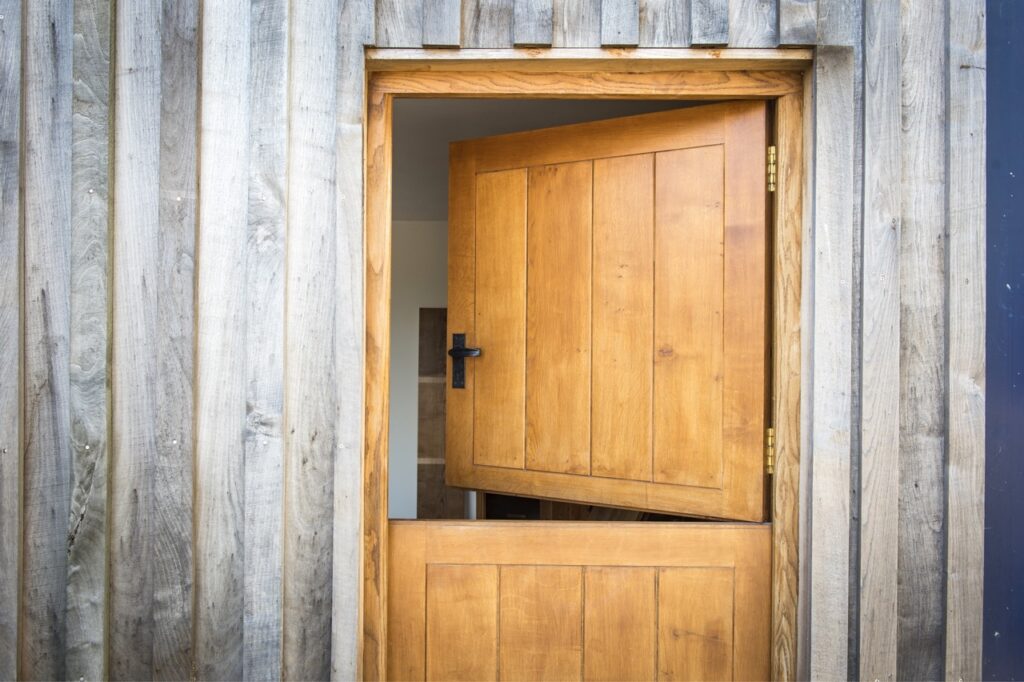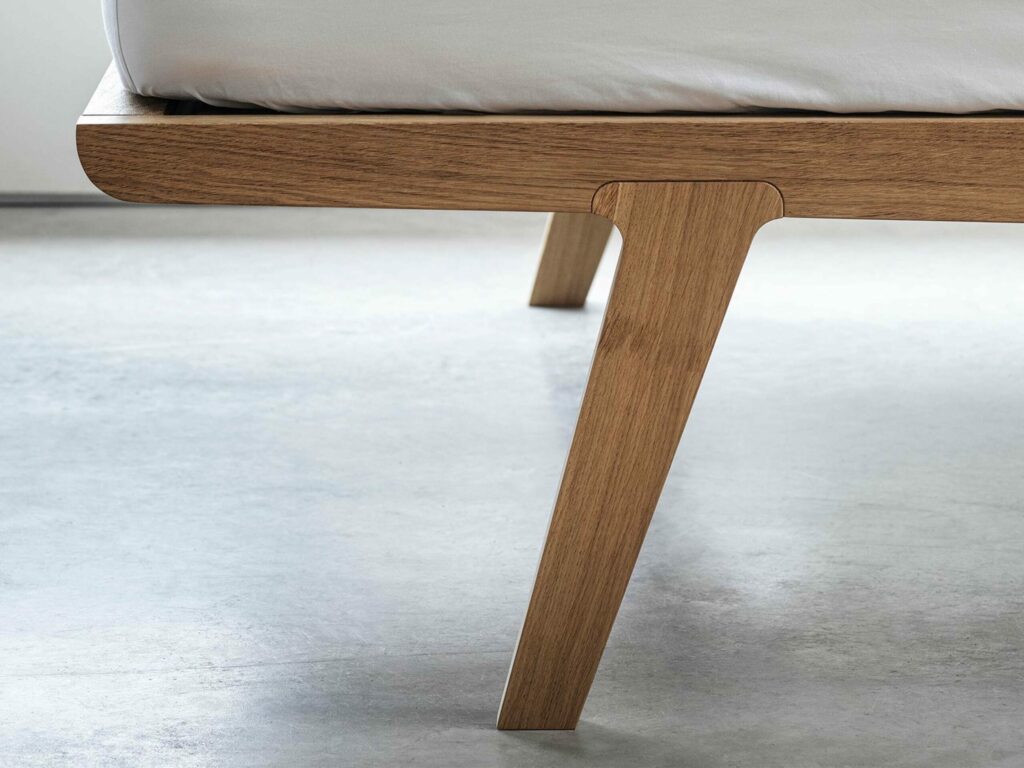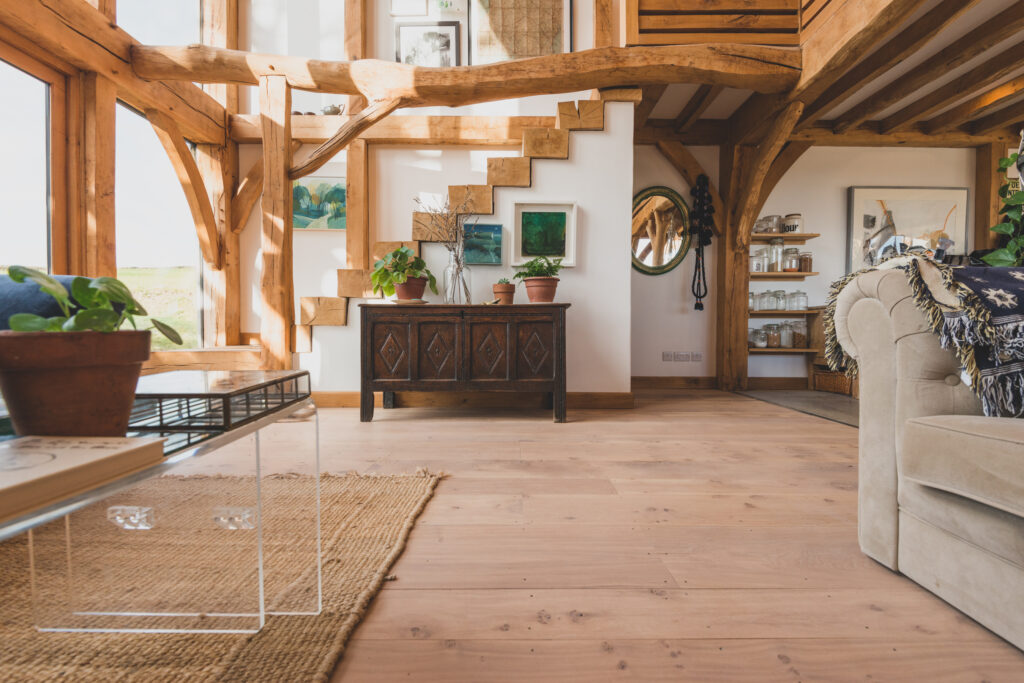
Quarter sawn oak has several properties that make it particularly desirable for joinery and fine woodworking. Here we're going to run through the top five.
Stability: The primary benefit of quarter sawing oak (or any wood, for that matter) is stability. This method of milling reduces the amount of expansion and contraction the wood undergoes due to moisture changes, as compared to plain sawn or flat sawn wood. This stability is paramount in joinery, where tight fitting joints are crucial.
Appearance: Quarter sawn oak often has a pronounced ray fleck pattern. These are the medullary rays of the tree, which appear as decorative, shimmering patterns when the lumber is quarter sawn. This aesthetic is often sought after for fine furniture and joinery.


Resistance to Movement: The grain in quarter sawn wood is largely perpendicular to the face of the board. This results in boards that are less likely to cup or move over time compared to flat sawn boards.
Better for Detailed Work: Given its stability, quarter sawn oak is better suited for intricate joinery details, where slight movements in the wood can otherwise compromise the fit and finish of joints.


Wear: Due to the grain orientation, the wear resistance on the surface is increased. This can be particularly useful in applications like flooring. For all of our flooring, check out Coppice & Crown our new platform for all of our beautiful wood flooring.




